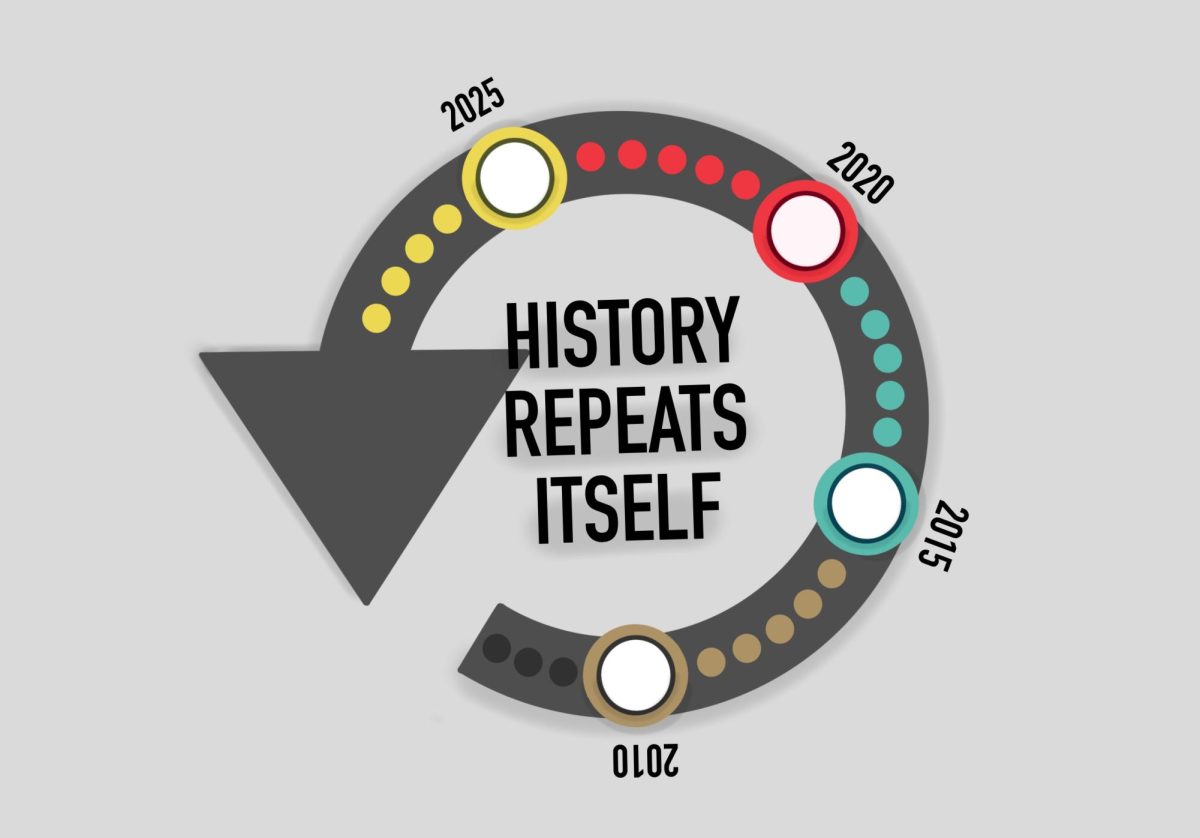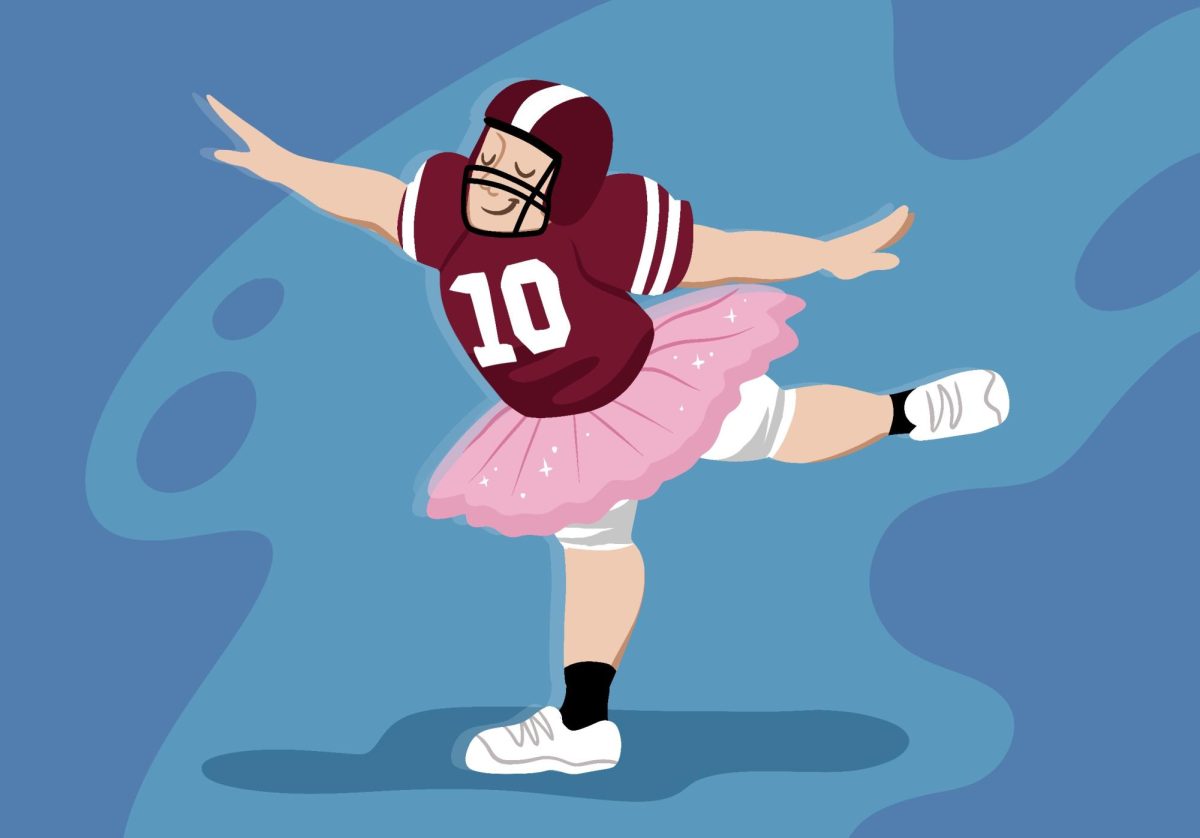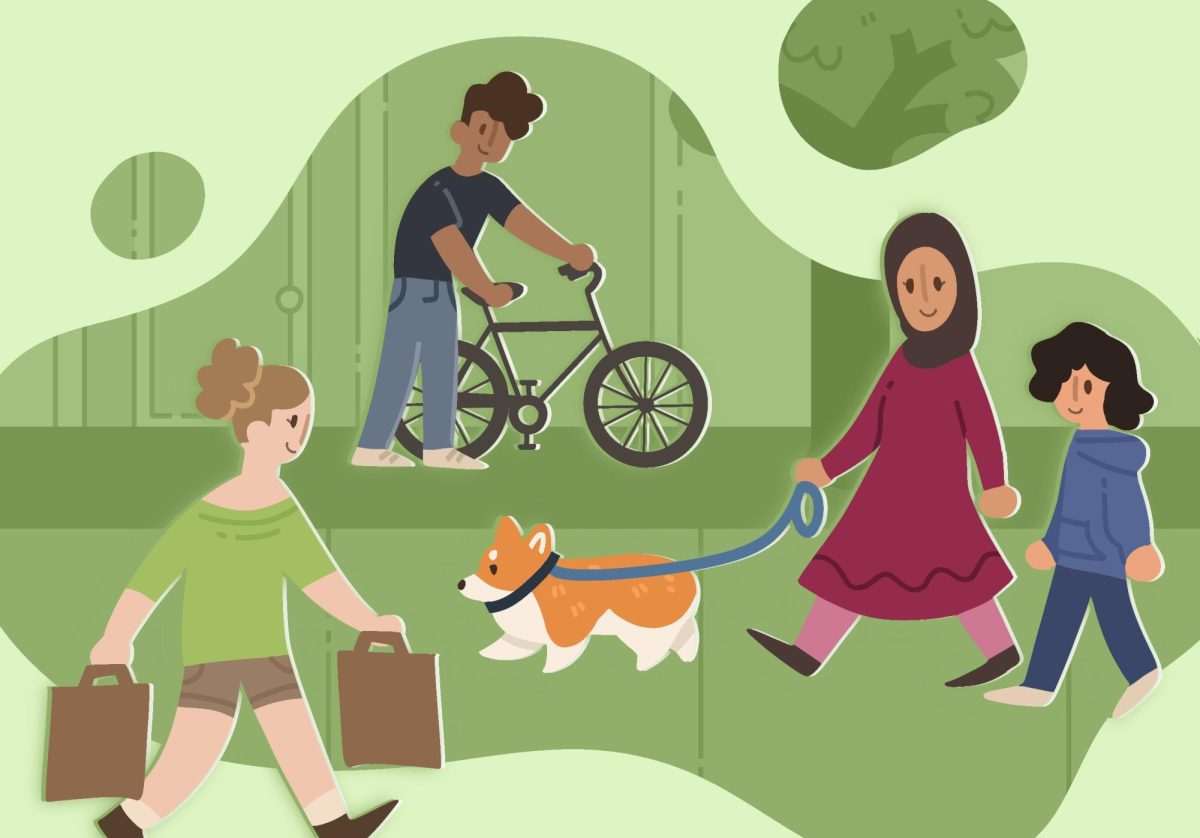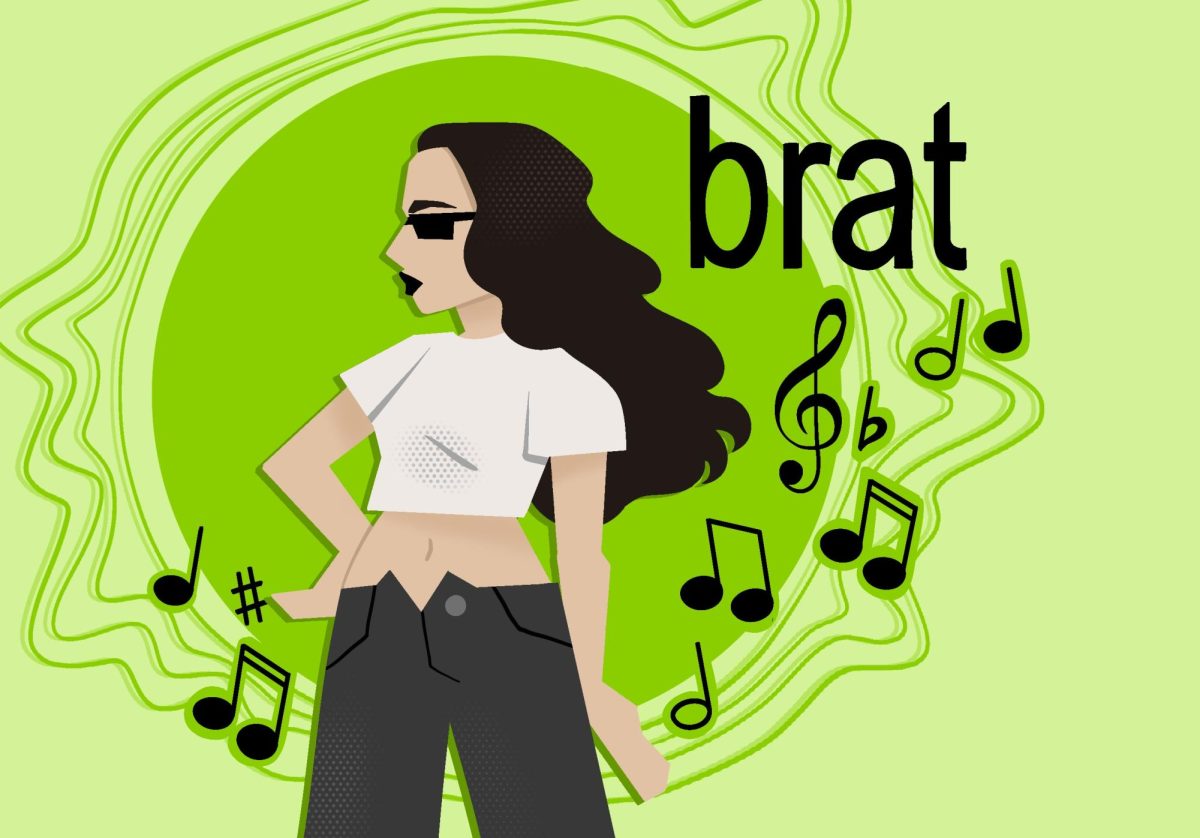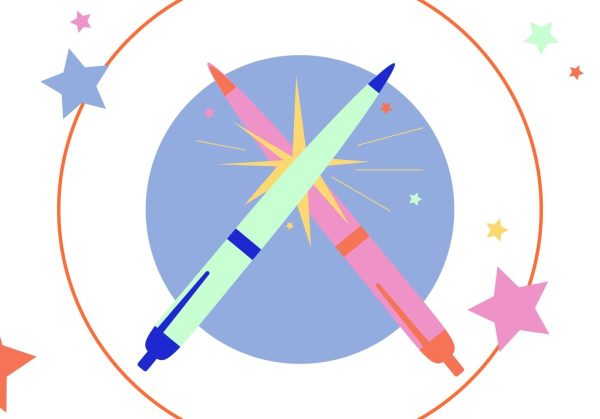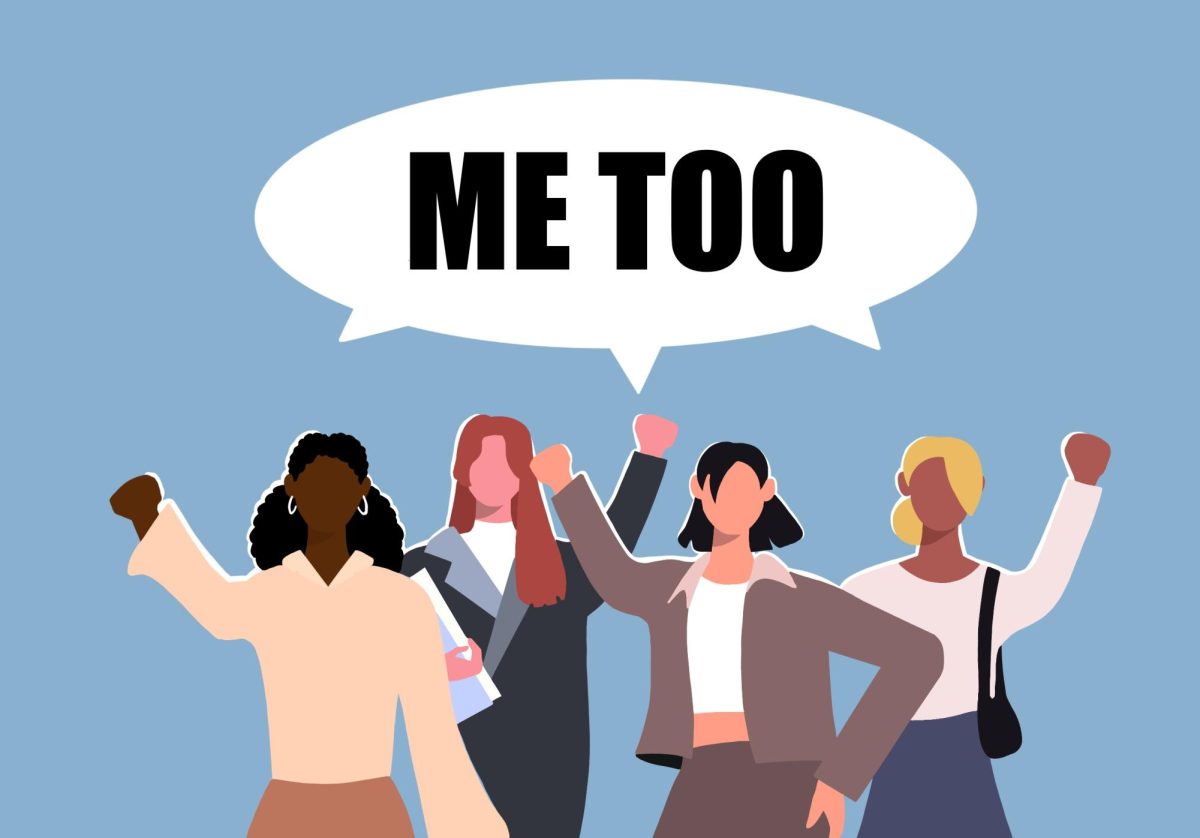Boozing can be very fun. Pretty much every get-together I’ve attended is more enjoyable when alcohol is introduced into the equation. It boosts camaraderie and loosens your inhibitions. If you drink enough, your friends are bound to show you a video of yourself doing outlandish things the morning after. It could be a video of you dancing on the kitchen table to the Black Eyed Peas, praying to the porcelain God or punching a hole into your television. Alcohol affects everybody differently, and the contents of that video vary from person to person.
But bad things happen to those who drink irresponsibly and completely disregard their limits. Take binge drinking as an example. Binge drinking is commonly defined as having four (for women) to five (for men) drinks within a two hour period and is very common on college campuses. The effect alcohol has on a person varies and those who are unaware of how much they can drink can hurt themselves.
I know people who binge drink responsibly, pushing those numbers into the double digits. After two hours of heinous drinking, they’re still able to walk, dance without bumping into people and even have a thoughtful discussion about the meaning of life. I also know people who halve the binge drinking standard and subsequently become the most useless person within a ten-mile radius.
Learning your limit is an important aspect in drinking responsibly, although American universities may not be the best place to learn. On one hand, America has one of the strictest drinking ages in the world at 21 years old. A majority of other countries have a drinking age of 18 or 19. Many argue that treating alcohol as a forbidden fruit creates an environment in which people can’t handle their liquor. While there is evidence to suggest that stricter drinking ages play at least some role in reducing teen-drinking and its potential dangers like liver cirrhosis, I think there is value in being taught how to drink responsibly when you’re younger — especially when in public.
I spent last summer in Europe, primarily in Germany, and one of the most profound cultural differences I noticed was how Germans and Americans act when we drink. My American friends and I consistently found ourselves being glared at by German beer drinkers because we were too boisterous. A common American stereotype is that we like to have a good time and we don’t care who knows it. This is true, we like to have fun. But, I can honestly say, I never saw a German man puke into the same cup he was drinking out of at the bar, creating what some call the “Sally’s Special.” This difference may be attributed to them having five more years of experiencing legal, public drinking compared to us here in America.
Alcohol education needs to change from being something you learn by yourself through trial-and-error to something that’s taught to you in a comfortable environment. We can learn how to drink responsibly and understand that there are risks associated with mishandling alcohol, but maybe better learned under adult supervision — which plenty of us need when we’re hammered. Mistakenly drinking more than you can handle can ruin the night for your friends and family who’ll still love you afterwards, rather than everyone at the party who’ll forever think you’re a jerk.



